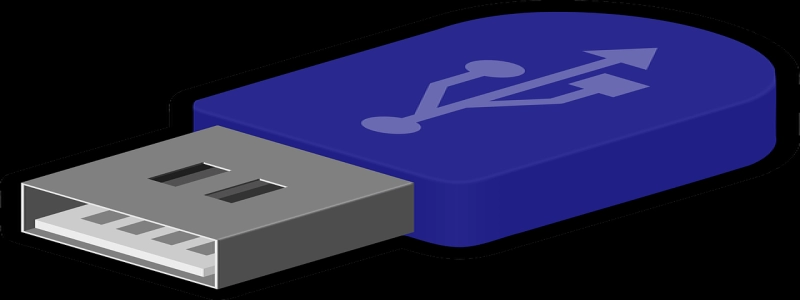DWDM Mux
=========
Overview
———
DWDM (Dense Wavelength Division Multiplexing) Mux, also known as wavelength division multiplexing (WDM) Mux, is an essential component in optical communication systems. It enables multiple signals with different wavelengths to be transmitted simultaneously over a single optical fiber, thereby maximizing the utilization of fiber resources and increasing the capacity of the network.
Principle of Operation
————————
DWDM Mux utilizes the concept of wavelength division multiplexing, which allows for multiple optical signals to be combined and transmitted through a single fiber. It works by assigning different wavelengths to each signal, thereby creating distinct channels. These channels can be easily separated and demultiplexed at the receiving end.
Components and Architecture
—————————–
A typical DWDM Mux consists of several key components, including optical fibers, filters, multiplexers, and demultiplexers. The architecture of the Mux is designed to handle multiple wavelengths simultaneously.
1. Optical fibers: These are the transmission medium through which the signals are propagated. They provide a low-loss and high-bandwidth channel for the optical signals.
2. Filters: These are used to select the specific wavelengths that need to be combined or separated. Narrowband filters are used to isolate individual wavelengths.
3. Multiplexers: The multiplexer combines multiple wavelength channels into a single outgoing fiber. It uses a combiner to combine the signals and a coupler to direct them to the output fiber.
4. Demultiplexers: The demultiplexer separates the combined signals back into their original wavelength channels. It uses a splitter to separate the signals and filters to isolate each wavelength.
Advantages and Applications
——————————
DWDM Mux offers several advantages over traditional optical communication systems:
1. Increased capacity: By allowing multiple signals to be transmitted over a single fiber, DWDM Mux significantly increases the capacity of the network, enabling more data to be transmitted simultaneously.
2. Cost-effective: DWDM Mux eliminates the need for additional fibers and infrastructure, reducing the overall cost of building and maintaining the network.
3. Scalability: With DWDM Mux, the capacity of the network can be easily expanded by adding more wavelengths, making it highly scalable for future growth.
DWDM Mux finds applications in various sectors, including telecommunications, data centers, Internet service providers, and cable TV networks. It is especially useful in long-haul and high-bandwidth applications where the demand for transmission capacity is high.
Conclusie
———–
DWDM Mux is a critical component in optical communication systems, enabling the transmission of multiple signals over a single fiber. It offers increased capacity, cost-effectiveness, and scalability, making it an essential technology for meeting the growing demand for high-speed data transmission. With continuous advancements in DWDM Mux technology, the potential for even higher capacity and efficiency in optical networks is promising.








